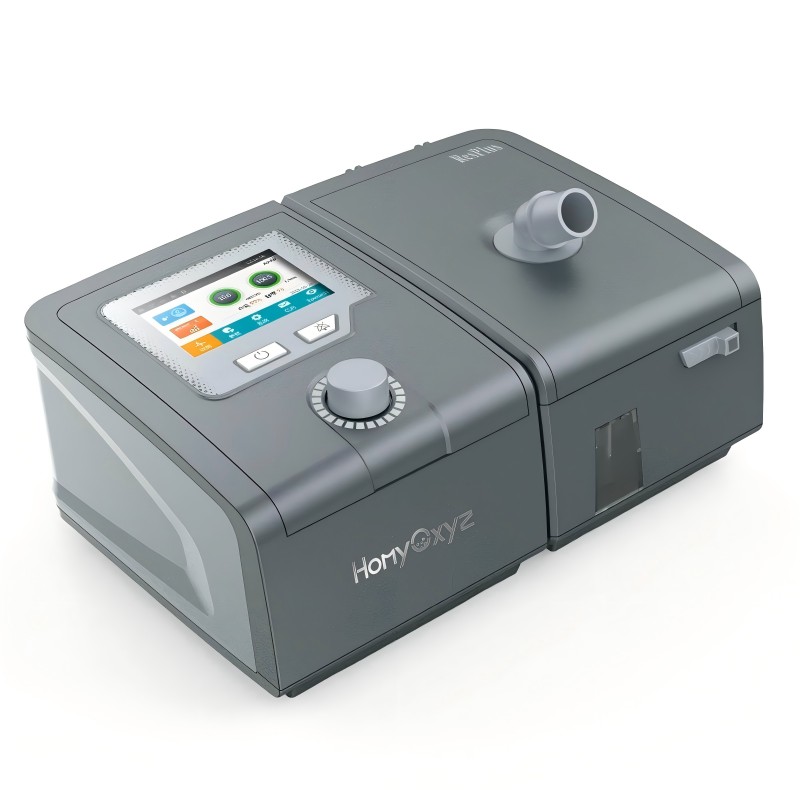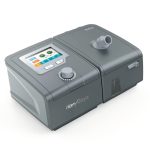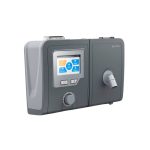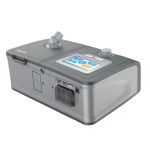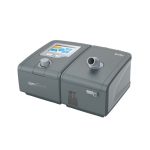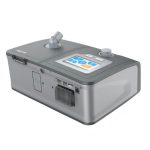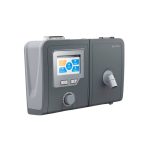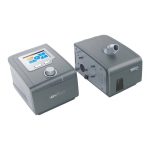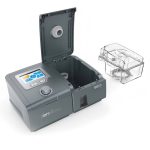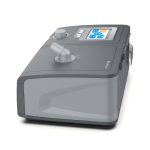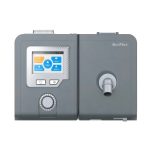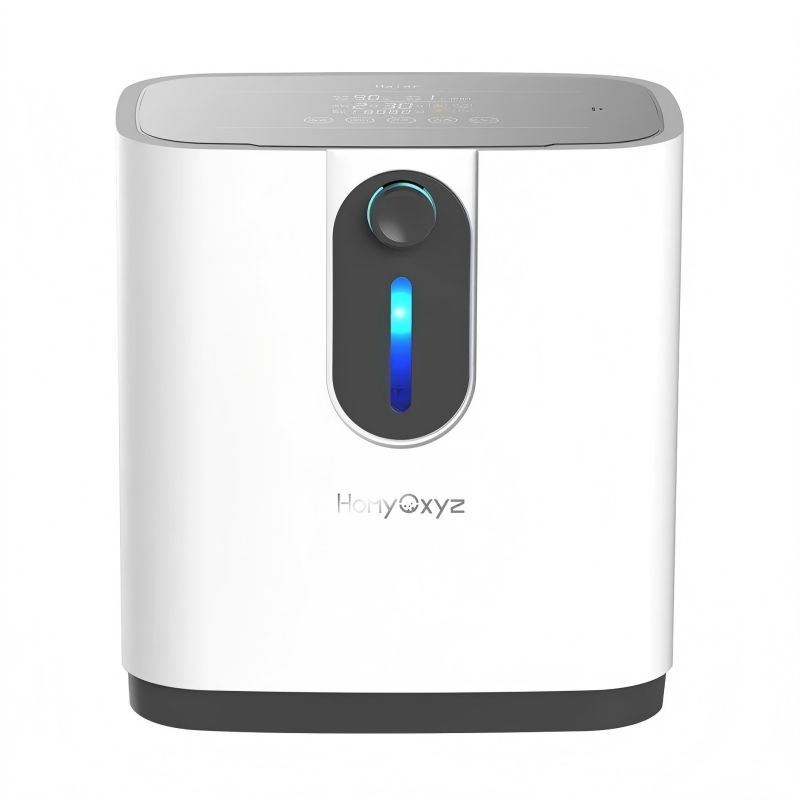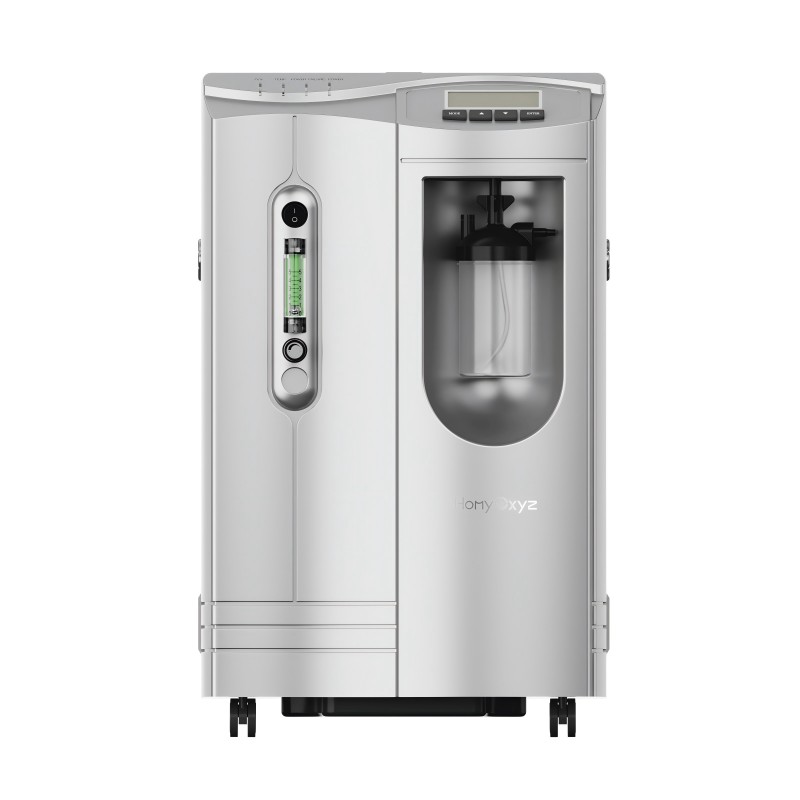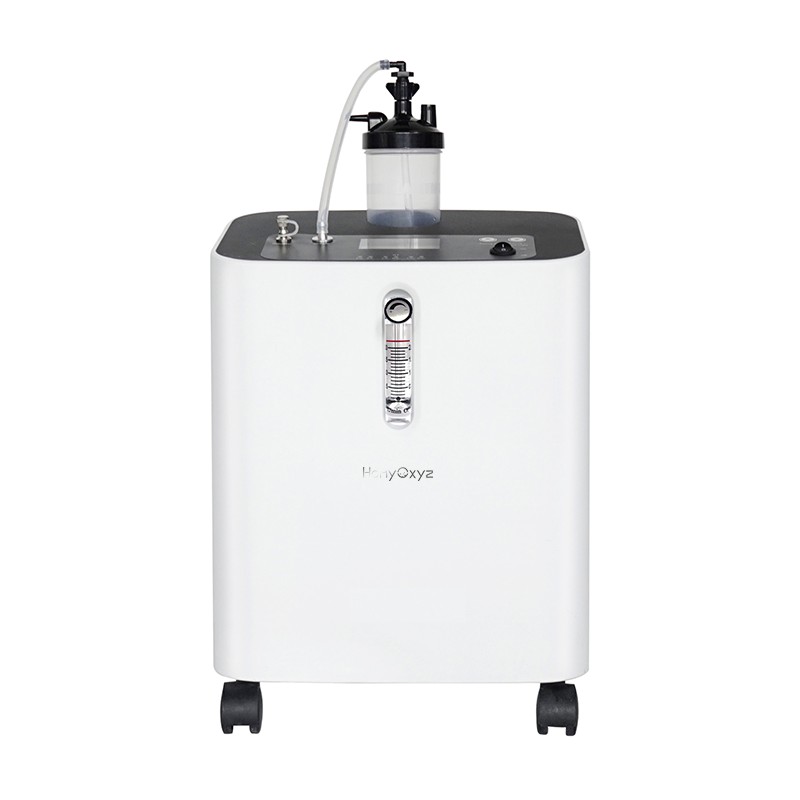Product Features
Non-invasive ventilation reduces pain
Using non-invasive ventilation methods, there is no need for invasive operations such as tracheotomy or endotracheal intubation. Effective ventilation support can be achieved by connecting to the patient through a mask or nasal mask. This method greatly reduces the pain of patients during treatment, and patients are more comfortable and easier to accept treatment.
Positive pressure ventilation improves oxygenation
Provide continuous positive airway pressure or bi-level positive airway pressure to maintain a certain pressure in the airway during the respiratory cycle, making it easier for the alveoli to inflate and expand, increase the gas exchange area of the lungs, increase oxygen intake and carbon dioxide discharge, and effectively improve the patient’s oxygenation function.
Adjustable parameters, precise adaptation
The key parameters of the non-invasive ventilator can be flexibly adjusted according to the patient’s specific condition and physiological state. Doctors can accurately set these parameters according to the actual situation of the patient and tailor personalized ventilation treatment plans for different patients.
Real-time monitoring to assist treatment
Equipped with an advanced monitoring system, it can help medical staff understand the patient’s respiratory condition and condition changes in a timely and accurate manner, and can also provide a scientific basis for the adjustment of subsequent treatment plans, making treatment more accurate and effective, and ensuring the safety and effectiveness of patient treatment.
Product Advantages
This non-invasive ventilator brings a new experience to respiratory therapy with its innovative design and humanized functions.
- Safety and worry-free: Avoid invasive operations such as endotracheal intubation, significantly reduce the risk of infection such as ventilator-associated pneumonia, and protect respiratory health in all aspects.
- Comfortable and comfortable: Physiological functions such as swallowing and language communication are not affected during treatment. Patients can express their needs, eat and drink freely to ensure their quality of life.
- Economical and efficient: Simplify the operation and nursing process, reduce the length of hospital stay and the use of medical consumables, effectively reduce treatment costs, and reduce the economic burden on patients.

